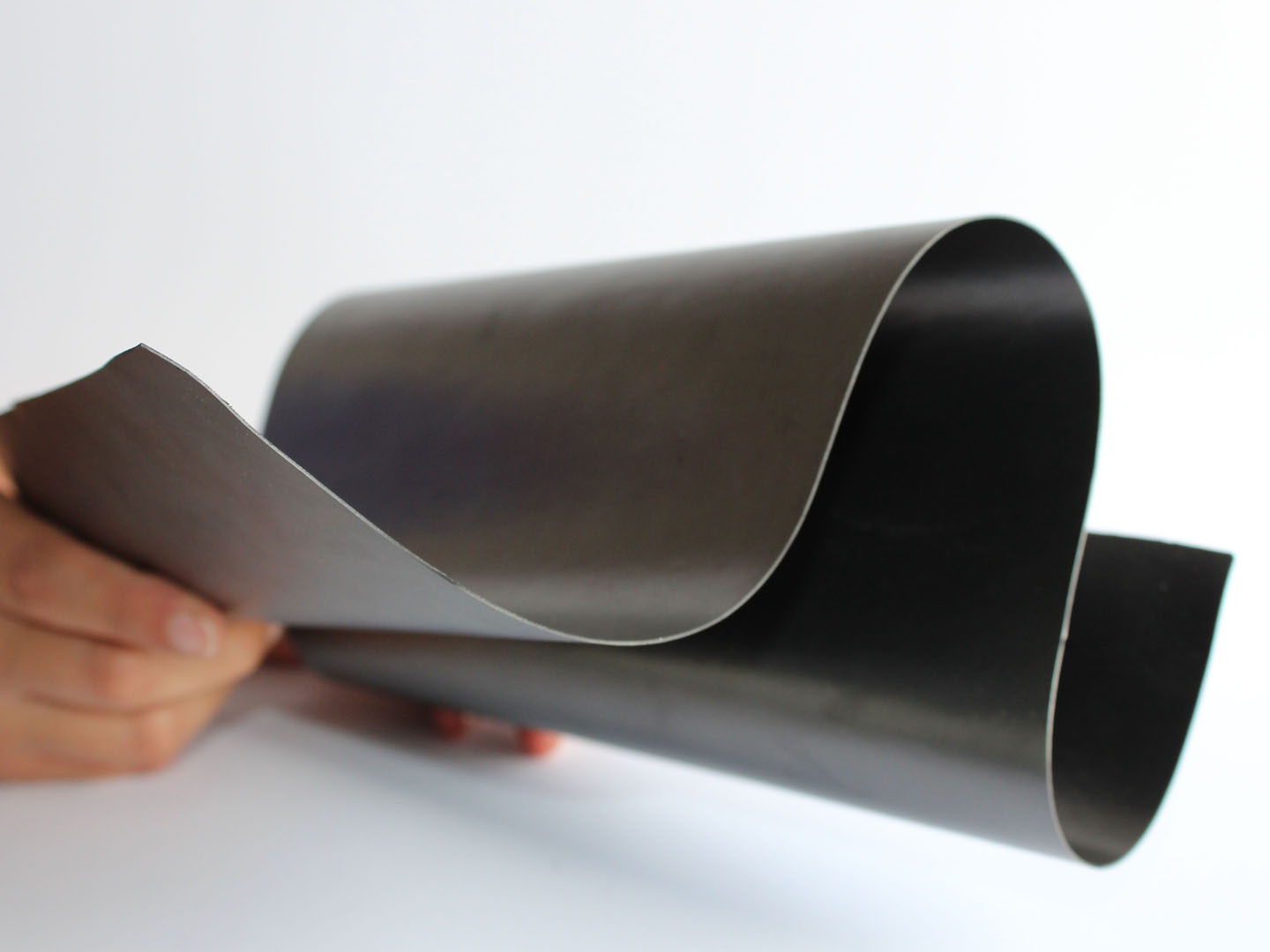Electrical energy storage systems are key to the energy transition in order to stabilize the unsteady flow of power from wind power plants and solar cells commensurate with demand. Especially in case of high outputs (megawatts) and high capacities (megawatt hours), redox flow batteries provide for clear economic advantages. Unlike lithium cells, they can also be realized with very large cells. Therefore, the worldwide development is gearing towards larger cell areas.
While the currently typical cell area corresponds more to that of a DIN A3 page, the long-term objective is to build cells and/or stacks that are 20-30 times that size. “Most of the components needed for a redox cell are already available or can already be produced at sufficiently large scale,” explained Prof. Christian Doetsch, Director of the Energy Division at Fraunhofer UMSICHT. “Until now, the bipolar plates constituted the bottleneck.” It is only with bipolar plates that the necessary stacks can be assembled from individual cells in order to subsequently configure them into a battery. Research regarding this issue is being carried out worldwide at high financial expenditure.
Fraunhofer UMSICHT developed a continously producable bipolar plate jointly with SAUERESSIG GmbH + Co. KG. The novel bipolar plate material utilized has already today been utilized successfully in small redox flow stacks of the Fraunhofer start-up VOLTERION and tested in the field.
